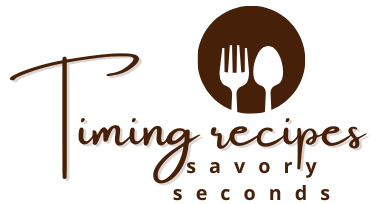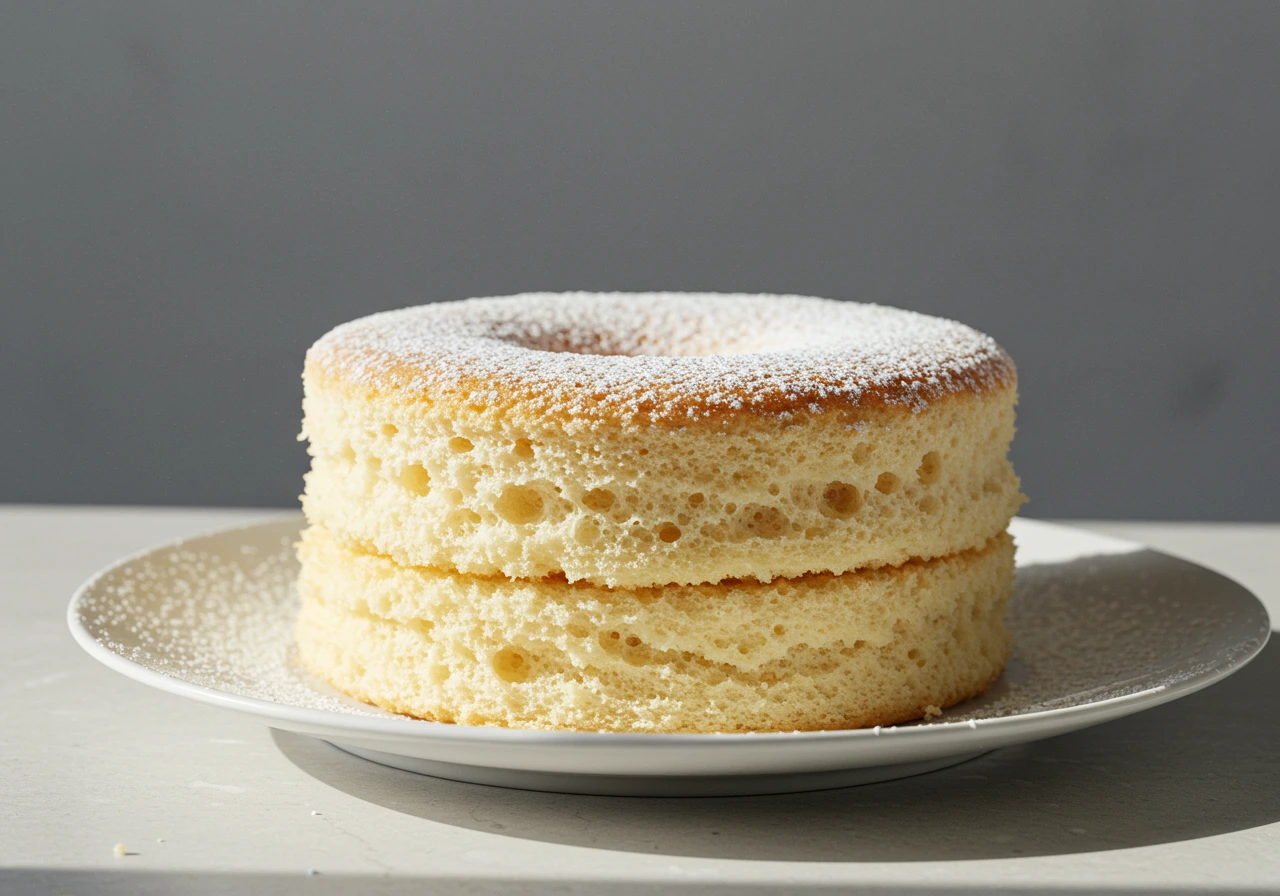Introduction
Cloud cake—just the name sounds dreamy, doesn’t it? This airy, melt-in-your-mouth dessert has captured hearts worldwide, known for its soft, cloud-like texture that feels like a sweet whisper on your tongue. If you’ve never made one, you’re in for a treat! This recipe is simple enough for beginners, yet impressive enough to wow guests at any gathering.
In this guide, I’ll take you through everything—from understanding what makes cloud cake special to the essential ingredients, step-by-step instructions, and pro tips for perfecting your bake. I even tested the recipe myself, so I’ll share firsthand insights to ensure your cake turns out as magical as its name.
Ready to bake a little piece of heaven? Let’s dive in!
Part 1: Introduction to cloud cake recipe
What is a cloud cake recipe?
A cloud cake is exactly what it sounds like—a light, airy cake with a soft, cloud-like texture. Often made without flour or with minimal amounts, it relies on whipped egg whites and gentle folding techniques to achieve its signature fluffiness. Think of it as a hybrid between a soufflé and a sponge cake, but even more delicate.
Cloud cakes can be found in various forms, from the Japanese cotton cheesecake to classic angel food cake. Some versions incorporate cream cheese for extra richness, while others focus solely on eggs, sugar, and a little magic.
The Origins and Popularity of cloud cake recipe
The idea of ultra-light cakes isn’t new. Many cultures have variations of this dreamy dessert. For example:
- Japanese cotton cheesecake—a blend of soufflé and cheesecake that bakes up impossibly airy.
- Angel food cake—a classic American sponge that’s nearly weightless.
- Chiffon cake—a slightly richer but still ethereal dessert.
Thanks to social media, cloud cakes have gained newfound fame, with bakers around the world experimenting with flavors, textures, and creative presentations. If you’ve ever seen one jiggle on Instagram or TikTok, you know exactly what I mean!
Why You’ll Love This cloud cake recipe
Still not convinced? Here’s why this cake will become your new go-to dessert:
Incredibly light & fluffy—it practically melts in your mouth!
Minimal ingredients—you probably have most of them in your kitchen already.
Versatile—serve it plain, dusted with powdered sugar, or topped with fruit.
Impressive yet easy—looks fancy but is simple to make.
Essential Tools for Making cloud cake recipe
Before we get started, make sure you have the right tools:
- Mixing bowls—a few different sizes will help with separating and whipping ingredients.
- Electric mixer—whipping egg whites by hand is tough, so a stand or hand mixer is a lifesaver.
- Fine mesh sieve—for sifting dry ingredients (if using).
- Springform pan—prevents sticking and ensures an easy release.
- Oven thermometer—accuracy is key for getting the perfect rise!
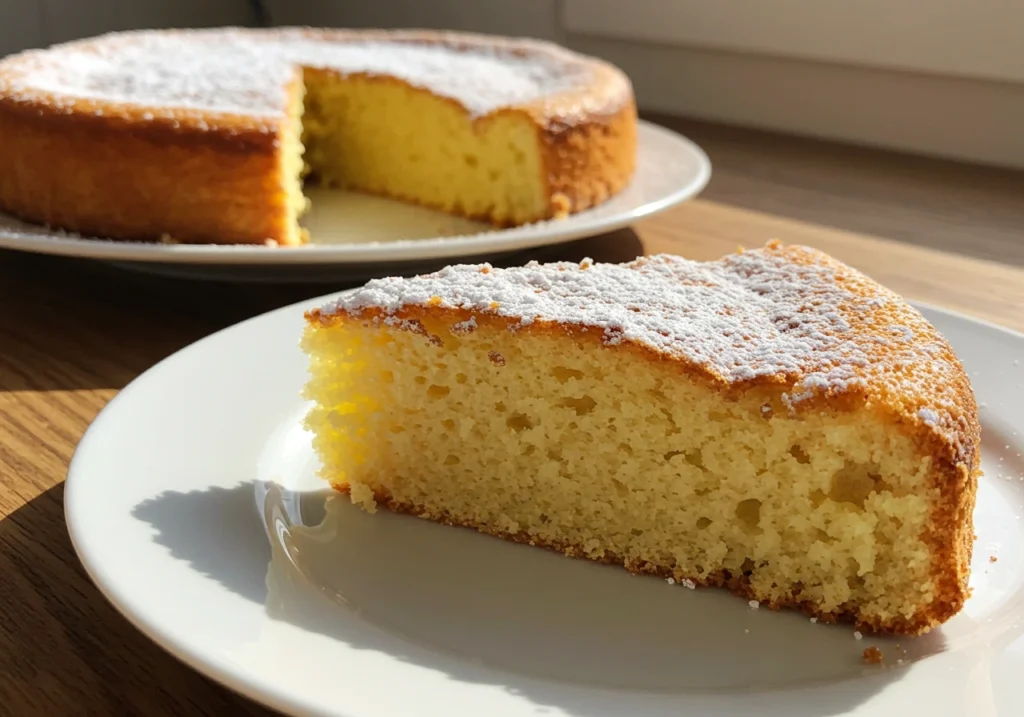
Pro Tip: Make sure your mixing bowls are completely grease-free before whipping egg whites. Any trace of oil or yolk can prevent them from achieving the right consistency.
Part 2: Ingredients and Equipment
Now that we’ve covered what makes a cloud cake so special, it’s time to dive into the building blocks of this airy delight. The ingredients in a cloud cake play a crucial role in creating its signature fluffiness, and choosing the right equipment ensures your cake turns out light as air.
Essential Ingredients
The beauty of a cloud cake lies in its simplicity. With just a few pantry staples, you can create a dessert that’s incredibly light, subtly sweet, and bursting with delicate flavors.
Eggs: The Heart of cloud cake recipe
Eggs are the unsung heroes of cloud cake. They provide structure, stability, and most importantly—that dreamy fluffiness! The magic happens when you:
- Separate the yolks from the whites—the yolks add richness, while the whites create that airy lift.
- Whip the egg whites to stiff peaks—this step traps air, helping the cake rise without the need for baking powder.
- Gently fold them into the batter—avoiding over-mixing is key to maintaining volume.
Pro Tip: Use room-temperature eggs. Cold eggs don’t whip as well and can lead to a denser cake.
Sugar: Sweetness & Structure
Sugar does more than just sweeten your cloud cake—it also helps stabilize the whipped egg whites, ensuring they hold their shape during baking. Powdered sugar or superfine sugar works best as they dissolve quickly without weighing down the batter.
Flour Alternatives: Keeping It Light
Many cloud cake recipes are completely flourless, relying on eggs alone for structure. However, if you prefer a bit more body, you can add:
Cornstarch—helps firm up the cake without making it heavy.
Almond flour—adds a subtle nutty flavor while keeping it gluten-free.
Flavor Enhancers: Elevate the Taste
While a cloud cake is all about its airy texture, a touch of flavoring makes it even more irresistible. Consider:
- Vanilla extract—for a classic, comforting aroma.
- Citrus zest (lemon or orange)—adds a refreshing twist.
- Almond or coconut extract—for a more unique depth of flavor.
Pro Tip: A tiny pinch of salt can help balance the sweetness and enhance the overall taste.
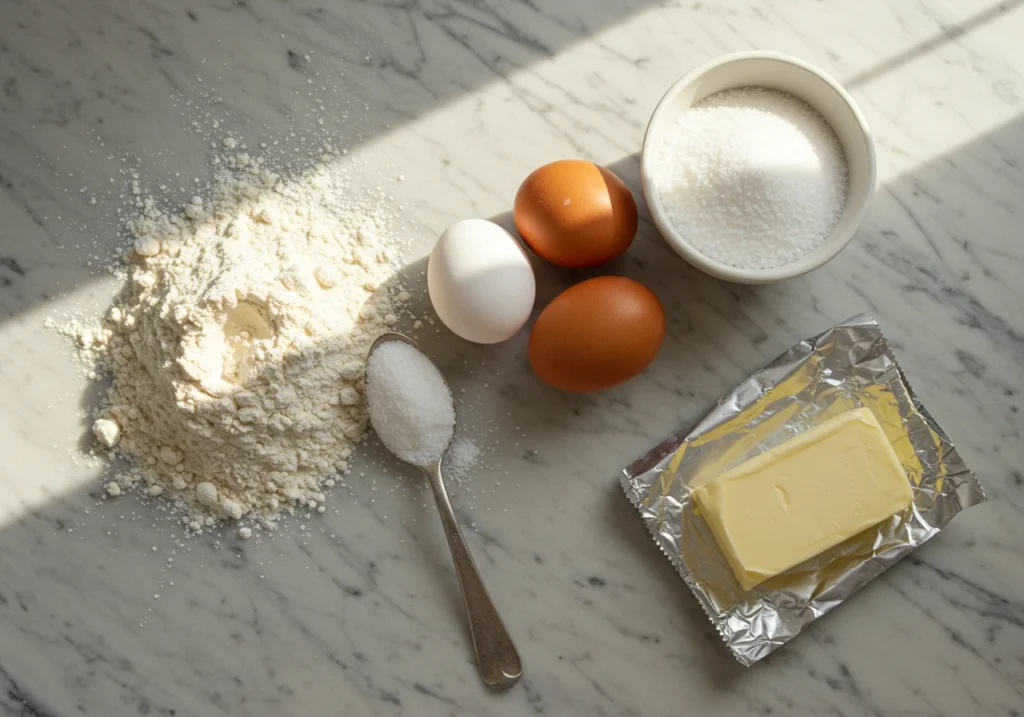
Optional Ingredients for Creative Twists
If you’re feeling adventurous, try incorporating these extras to customize your cloud cake:
Cocoa Powder—turn your cloud cake into a chocolate dream. Replace a small portion of the flour or cornstarch with unsweetened cocoa powder for a rich, deep flavor.
Coconut Flakes—add a toasty, tropical touch by folding in shredded coconut before baking.
Fresh Fruits—top with berries or sliced peaches for natural sweetness and a pop of color. Alternatively, add pureed fruit to the batter for extra moisture and flavor.
Experiment: Want to go all out? Swirl in some Nutella, peanut butter, or lemon curd for a ribbon of flavor running through your cake!
Necessary Equipment
You don’t need fancy gadgets to make a cloud cake, but having the right tools will make the process smoother and more foolproof.
Mixing Bowls & Spatulas
At least two mixing bowls—one for the egg whites and another for the yolk mixture.
A rubber spatula—for gently folding the batter without deflating the air.
Electric Mixer or Whisk
While a sturdy whisk can get the job done, a hand or stand mixer makes whipping egg whites much easier. You’ll need to beat them to stiff peaks, which can take several minutes.
Part 3: Step-by-Step Cloud Cake Recipe
Now, it’s time for the most exciting part—bringing this dreamy cloud cake to life! This step-by-step guide ensures your cake turns out light, fluffy, and perfectly baked. Follow along, and you’ll soon have a delicate, melt-in-your-mouth treat ready to impress!
Preparation Steps
Before diving into the batter, prepping your ingredients and tools ensures a smooth baking process. Here’s what you need to do:
Preheat the Oven
Cloud cakes bake best at low temperatures to prevent overbrowning and maintain their soft texture. Set your oven to 300°F (150°C) and allow it to fully preheat. If your oven tends to run hot, an oven thermometer helps keep the temperature accurate.
Pro Tip: A slow and gentle bake is key to avoiding cracks and achieving a uniform texture.
Prepare the Baking Pan
- Springform Pan Method: Lightly grease the bottom and sides of the pan with butter or oil. Then, line the bottom with parchment paper for easy release.
- Bundt or Regular Cake Pan: Grease well and dust lightly with cornstarch or flour to prevent sticking.
Separate the Eggs Carefully
Eggs are the foundation of this cake, and proper separation is crucial:
- Crack each egg over a bowl, allowing the egg white to drip through your fingers while keeping the yolk intact.
- Transfer the yolk to a separate bowl and repeat with the remaining eggs.
- Ensure no yolk contaminates the whites—even a tiny bit of fat can prevent them from whipping properly.
Pro Tip: Use cold eggs for easier separation, then bring them to room temperature before mixing.
Making the Batter
The batter is where science meets magic, transforming simple ingredients into something light and airy.
Whisking Egg Yolks with Sugar and Flavorings
- In a large mixing bowl, whisk the egg yolks with half of the sugar until pale and slightly thickened.
- Add your vanilla extract, citrus zest, or any desired flavoring for extra depth.
- If using a small amount of cornstarch or flour, sift it in now for even distribution.
Beating Egg Whites to Stiff Peaks
This is the most important step! Properly beaten egg whites give cloud cake its signature fluffiness.
- Using an electric mixer, start whipping the egg whites on low speed until they become foamy.
- Gradually add the remaining sugar, increasing speed to medium-high.
- Continue beating until stiff peaks form—this means when you lift the whisk, the peaks should hold their shape without drooping.
Pro Tip: Add a pinch of cream of tartar or lemon juice to stabilize the egg whites.
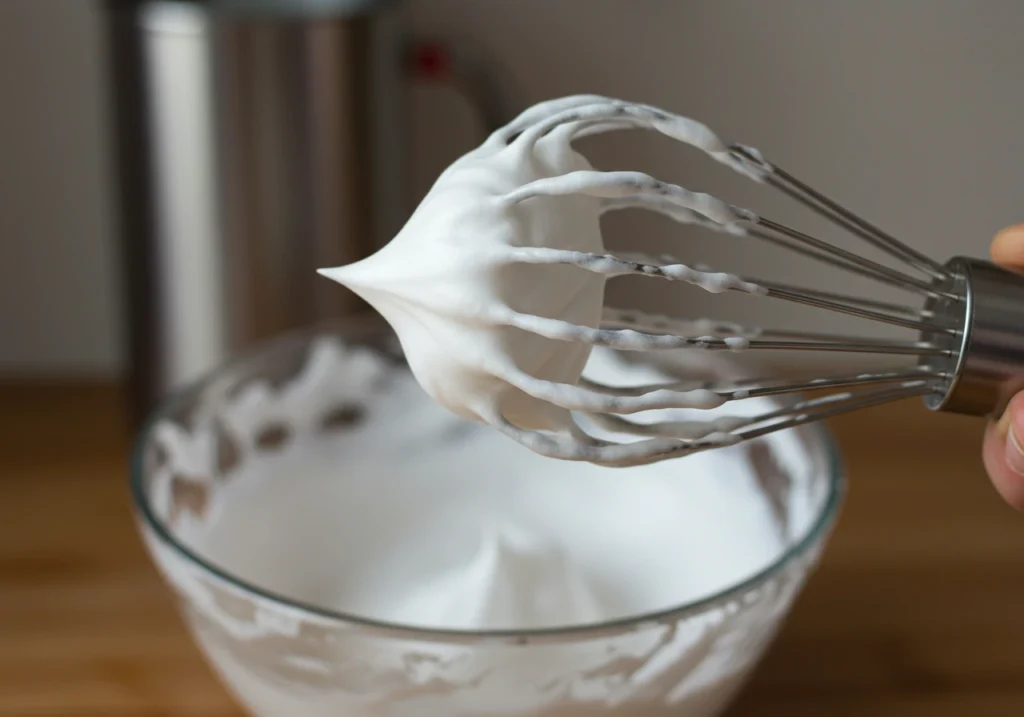
Folding the Mixtures Together Gently
Now comes the trickiest part: folding the egg whites into the yolk mixture without deflating the air.
- Add ⅓ of the whipped egg whites to the yolk mixture and gently mix to lighten the batter.
- Carefully fold in the remaining whites using a spatula, scooping from the bottom and turning the bowl as you go.
- Avoid overmixing—a few streaks of egg white are okay!
Pro Tip: The goal is to keep as much air as possible in the batter, so be gentle!
Baking Process
Now that your batter is ready, it’s time to bake it to perfection.
Pouring Batter into the Pan
- Slowly pour the batter into the prepared pan, smoothing out the top with a spatula.
- Tap the pan gently on the counter to release large air bubbles.
Using a Water Bath for Even Baking
To keep your cloud cake moist and crack-free, bake it using a bain-marie (water bath):
- Place the cake pan inside a larger roasting pan.
- Carefully pour hot water into the outer pan until it reaches halfway up the cake pan’s sides.
- This gentle heat ensures even baking and prevents the cake from sinking.
Pro Tip: Wrap the bottom of your springform pan in aluminum foil to prevent water from leaking in.
Baking Time and Temperature
- Bake the cake at 300°F (150°C) for 55–65 minutes.
- Avoid opening the oven door during the first 40 minutes to prevent collapsing.
- The cake is done when it springs back lightly and a skewer inserted in the center comes out clean.
Cooling and Serving
Patience is key! Cooling the cake properly prevents it from deflating.
Proper Cooling Techniques
- Turn off the oven and leave the door slightly ajar for 10–15 minutes to allow a gradual temperature drop.
- Remove the cake from the oven and let it cool completely in the pan before unmolding.
- If using a springform pan, run a knife around the edges before releasing the sides.
Pro Tip: Rushing the cooling process can cause your cake to collapse—let it rest naturally.
Serving Suggestions: Toppings & Accompaniments
Your cloud cake is delightful on its own, but a few toppings take it to the next level:
Dust with powdered sugar for an elegant touch.
Top with fresh berries or sliced mango for a fruity contrast.
Serve with whipped cream or a dollop of Greek yogurt for added richness.
Drizzle with honey or chocolate sauce for a sweet finish.
Part 4: Tips and Tricks for the Perfect cloud cake recipe
Now that you’ve successfully baked a light-as-air cloud cake, let’s take things up a notch! Even the simplest recipes have their challenges, and a cloud cake is no exception. But don’t worry—I’ve got you covered. In this section, I’ll guide you through common mistakes, flavor enhancements, and dietary modifications to ensure every bake is perfectly fluffy and bursting with flavor.
Common Mistakes to Avoid
Even seasoned bakers can run into issues when making cloud cake. Here are the most common mistakes—and how to avoid them!
Overbeating or Underbeating Egg Whites
- Overbeating egg whites can cause them to separate, leading to a grainy, dry texture.
- Underbeating results in a weak structure, making the cake dense instead of airy.
Fix: Stop beating when you reach stiff peaks—the peaks should hold their shape without drooping.
Rough Folding Causes Deflation
Folding the whipped egg whites into the yolk mixture is the trickiest step. Stirring too aggressively can deflate the air, resulting in a flat cake.
Fix: Use a gentle folding motion—scoop from the bottom of the bowl, lift, and turn. Rotate the bowl as you fold for even incorporation.
Opening the Oven Door Too Soon
Cloud cakes are temperature-sensitive. If you open the oven door before the cake is fully set, the sudden temperature drop can cause it to collapse.
Fix: Resist the urge to peek! Wait until at least 40 minutes into baking before checking.
Enhancing Flavors
A classic cloud cake is delicate and subtly sweet, but a few simple additions can elevate its taste without weighing it down.
Incorporate Citrus Zest or Extracts
Lemon or orange zest adds a bright, refreshing twist.
Almond or coconut extract enhances the cake’s natural sweetness.
Espresso powder (for chocolate versions) intensifies the cocoa flavor.
Add a Hint of Spice
A dash of cinnamon or nutmeg adds warmth.
Cardamom gives an elegant floral note.
Pumpkin spice mix creates a cozy, seasonal variation.
Pro Tip: Spices pair beautifully with vanilla and citrus—experiment to find your perfect balance!
Dietary Modifications
Love cloud cake but need a healthier or allergen-friendly version? No problem! Here’s how to make adjustments without losing that signature fluffiness.
Making It Gluten-Free
Many cloud cake recipes are naturally gluten-free since they rely on eggs for structure. However, if your recipe includes a small amount of flour:
Swap all-purpose flour with almond flour or cornstarch.
Use gluten-free flour blends with a 1:1 ratio.
Bonus: Almond flour adds a nutty flavor, making the cake even more delicious!
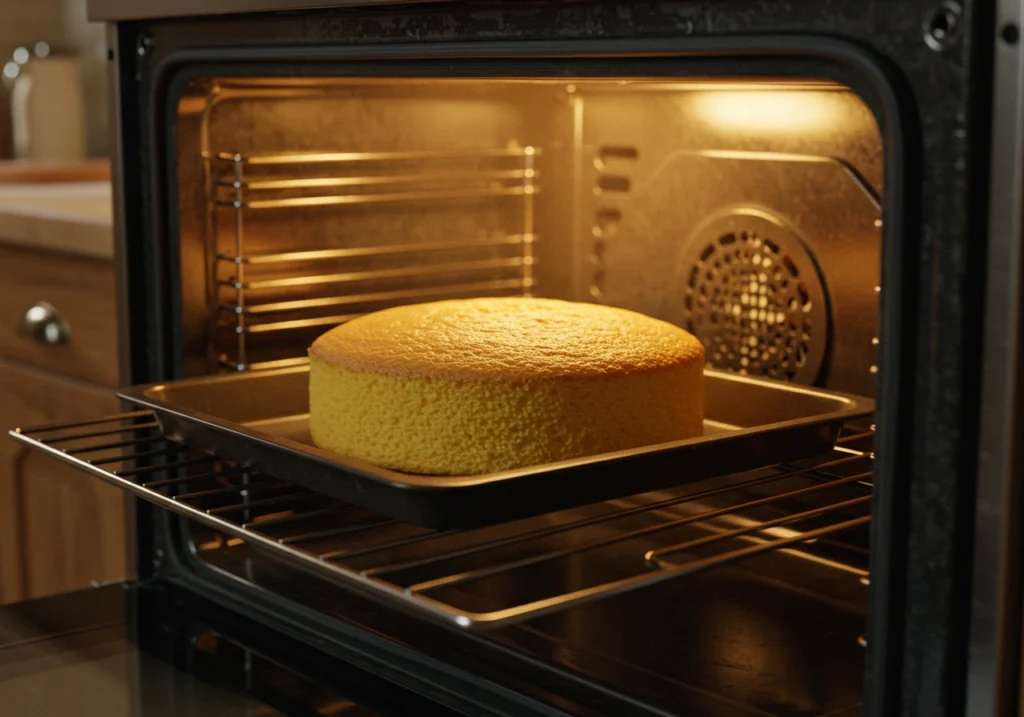
Reducing Sugar Content
Replace sugar with coconut sugar or monk fruit sweetener for a lower glycemic option.
Use honey or maple syrup, but reduce other liquid ingredients slightly.
Note: Sugar helps stabilize the egg whites, so cutting too much can affect the texture. Reduce gradually and test!
Dairy-Free Alternatives
Cloud cakes usually don’t contain butter, but if your recipe includes dairy, here’s how to modify it:
Swap cream cheese with coconut cream or cashew cream.
Replace milk with almond, oat, or coconut milk.
Pro Tip: Adding a teaspoon of apple cider vinegar to plant-based milk mimics the acidity of dairy, improving texture.
Part 5: Frequently Asked Questions (FAQs)
Baking a cloud cake brings up all sorts of fun and interesting questions. From historical cake preferences to decorating tips, here are answers to some of the most common inquiries.
What Was Queen Elizabeth’s Favorite Cake?
Queen Elizabeth II was known for her refined taste in food, but one dessert held a special place in her heart—chocolate biscuit cake. Unlike fluffy cakes like cloud cake or sponge cake, this dessert was rich, dense, and packed with crunchy tea biscuits bound together with dark chocolate and butter.
The late Queen reportedly loved this cake so much that she would request it for afternoon tea and even take any leftovers with her while traveling. Former royal chef Darren McGrady confirmed that this was one of the few desserts she never tired of eating.
Fun Fact: Prince William also shares his grandmother’s love for chocolate biscuit cake—it was even served at his wedding!
Is cloud cake recipe the Same as Angel Food Cake?
While both cloud cake and angel food cake share a light, airy texture, they are not the same dessert. The main differences lie in their ingredients and preparation.
Angel food cake is made with only egg whites, sugar, and flour—no yolks or fat. It has a spongy texture and a slightly chewy bite.
Cloud cake, on the other hand, often includes both egg yolks and whites, giving it a creamier, melt-in-your-mouth consistency. Some variations also include cream cheese or cornstarch for extra tenderness.
The biggest similarity? Both rely on whipped egg whites for their signature fluffiness, making them lighter than traditional cakes.
What Is the Most Delicious Cake in the World?
With thousands of cake varieties worldwide, naming the most delicious one is nearly impossible! However, some cakes are universally loved and consistently ranked as the best:
Japanese Cotton Cheesecake – Fluffy, jiggly, and melt-in-your-mouth, this cake is a top contender for cloud cake lovers.
Tiramisu – Layers of coffee-soaked sponge and mascarpone cream make this an Italian classic.
German Chocolate Cake – Rich chocolate layers paired with coconut-pecan frosting? Yes, please!
Red Velvet Cake – Iconic for its tangy-sweet flavor and velvety crumb.
Black Forest Cake – Chocolate sponge, cherries, and whipped cream—need we say more?
Ultimately, the most delicious cake is subjective—it depends on your taste and preferences!
What to Use for Clouds on a Cake?
If you’re decorating a cake to look like fluffy clouds, you have a few creative options:
Whipped Cream – Light, airy, and easy to pipe into cloud-like shapes.
Marshmallow Fluff – Holds its shape well and gives a pillowy appearance.
Buttercream Frosting – Use a round tip to create soft, rounded clouds.
Cotton Candy – Adds a whimsical, airy touch but melts quickly.
Meringue Kisses – Bake small dollops of meringue to resemble puffy clouds.
For a dreamy, sky-like effect, use a blue ombré buttercream base and top it with white “clouds” made of your favorite frosting.
Bonus Tip: Dust a little edible shimmer on the clouds for a magical, glowing effect!
Part 6: Conclusion
Recap of Key Points
Mastering the cloud cake recipe is all about technique and precision. From whipping egg whites to the perfect consistency to gently folding them into the batter, every step contributes to achieving that light-as-air texture. The use of a water bath and controlled oven temperature ensures even baking, preventing cracks and deflation.
But beyond the method, cloud cake is one of the most versatile desserts. It can be made gluten-free, dairy-free, or sugar-reduced without compromising its fluffiness. Whether you prefer it plain, dusted with powdered sugar, or adorned with fruits and sauces, this cake adapts effortlessly to your cravings.
Cloud cake is not just a recipe—it’s an experience. The satisfaction of pulling a perfectly risen, golden, and airy cake from the oven is truly rewarding. If you follow the techniques we’ve covered, you’ll always end up with a heavenly dessert that melts in your mouth.
Encouragement to Experiment
Baking is both science and art—and once you’ve mastered the basics, it’s time to get creative! Try adding matcha, chocolate, citrus zest, or spices to enhance the flavor. Experiment with different toppings, sauces, and fillings to make the cake uniquely yours.
Why not take it a step further? Layer it with whipped cream, add a fruit compote, or create a tiramisu-inspired cloud cake recipe The possibilities are endless!
More importantly, share your creations! Whether you bake for family, friends, or social media, cloud cake recipe is a dessert that brings joy to those who taste it. Tag your photos, swap ideas with fellow bakers, and embrace the journey of perfecting the ultimate fluffy cake.
Now, go ahead—whip, fold, bake, and indulge in your homemade cloud cake. The sky’s the limit! ☁️🍰✨
